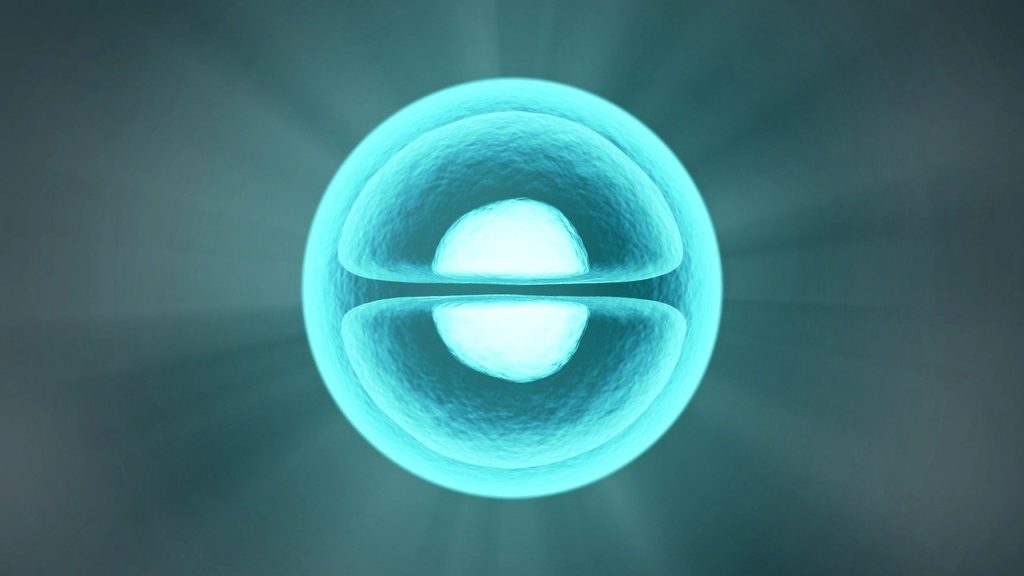Researchers at the Stanford University School of Medicine have successfully de-aged human cells in a lab dish.

Carefully exposing human cells to Yamanaka factors, proteins involved in embryonic development that are used to transform adult cells into induced pluripotent stem (or iPS) cells, can reverse cellular aging. The authors report that old human cells in a lab dish treated with these proteins were nearly indistinguishable from fresh cells.
Ageback
“We are very excited about these findings,” said study co-author Thomas Rando, MD, Ph.D., the director of Stanford’s Glenn Center for the Biology of Aging. “My colleagues and I have been pursuing the rejuvenation of tissues since our studies in the early 2000s revealed that systemic factors can make old tissues younger.”
The authors explain that iPS cells produced from adult cells become “youthful” in the process. They wondered whether the process could be stopped mid-way, in order to make the cells more vigorous without causing them to revert back to a stem state. They found that it is possible, but the procedure hinges on carefully controlling the duration of exposure to Yamanaka factors. The team can use their approach to “promote rejuvenation in multiple human cell types,” explains Vittorio Sebastiano, Ph.D. the senior author of the study.
The factors gradually wipe a cell’s genetic material clean of the bits that differentiate them — those that make a skin cell and a blood cell different, for example — and revert them back to a younger state over the course of weeks. Instead, the team only allowed exposure to continue for a few days. They then compared the genetic activity of these cells with untreated cells from both elderly adults and younger participants.
The treated cells showed signs of age reversal after four days of exposure, the team explains, and their patterns of gene expression were similar to those seen in cells from younger participants. Treated cells appeared to be about one-and-a-half to three-and-a-half years younger on average than untreated cells from elderly people. The maximum values were three and a half years for skin cells and seven and a half years for cells lining blood vessels (when comparing methylation levels, a hallmark of cell aging).
“We saw a dramatic rejuvenation across all hallmarks but one in all the cell types tested,” Sebastiano said. “But our last and most important experiment was done on muscle stem cells. Although they are naturally endowed with the ability to self-renew, this capacity wanes with age. We wondered, Can we also rejuvenate stem cells and have a long-term effect?”
The team transplanted treated muscle cells back into old mice, and reported that they regained muscle strength comparable to that of younger mice. The process also helped cells from the cartilage of people (with and without osteoarthritis) reduce the secretion of inflammatory molecules, improve cellular function, and the cells’ ability to divide.
“Although much more work needs to be done, we are hopeful that we may one day have the opportunity to reboot entire tissues,” Sebastiano said. “But first we want to make sure that this is rigorously tested in the lab and found to be safe.”






